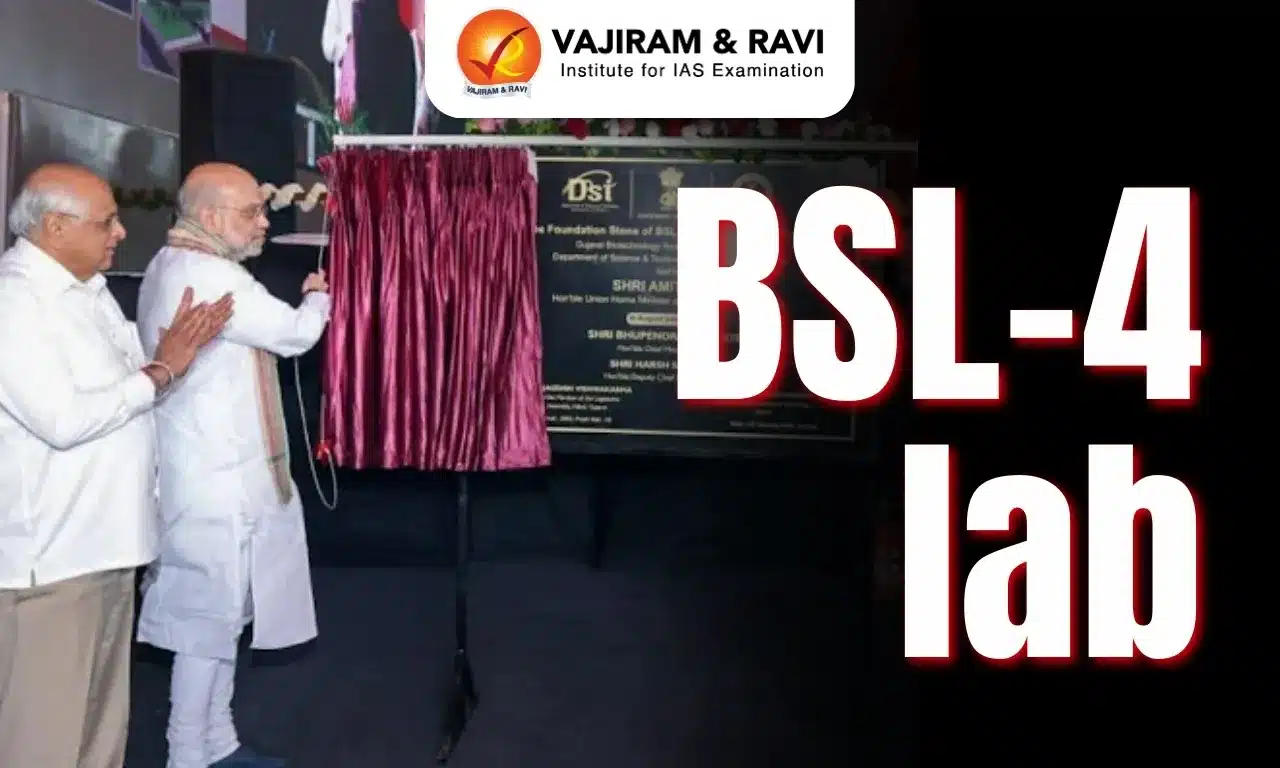What’s in today’s article?
- Why in News?
- National Disaster Management Authority (NDMA)
- The National Disaster Management Plan (NDMP) 2016
- Nuclear and Radiological Emergency
- Highlights of the Meeting
Why in News?
- Under the Vision @ 2047 theme, the Union Home Minister chaired a meeting to further strengthen the disaster risk reduction system in the country to make India disaster resilient.
- The Minister has also asked States to prepare a disaster management plan in conjunction with the National Disaster Management Authority (NDMA) in areas where seven new nuclear installations are to become operational.
National Disaster Management Authority (NDMA):
- NDMA is the apex body for Disaster Management in India and is headed by the Prime Minister of India.
- Setting up of NDMA and the creation of an enabling environment for institutional mechanisms at the State and District levels is mandated by the Disaster Management Act, 2005.
- NDMA is mandated to lay down the policies, plans and guidelines for Disaster Management.
- Through NDMA, India envisions the development of an ethos of Prevention, Mitigation, Preparedness and Response.
The National Disaster Management Plan (NDMP) 2016:
- It aims to make India disaster resilient and significantly reduce the loss of lives and assets.
- The plan is based on the four priority themes of the “Sendai Framework,” namely:
- Understanding disaster risk,
- Improving disaster risk governance,
- Investing in disaster reduction (through structural and non-structural measures) and
- Disaster preparedness, early warning and building back better in the aftermath of a disaster.
- Vision:
- Make India disaster resilient,
- Achieve substantial disaster risk reduction, and
- Significantly decrease the losses of life, livelihoods, and assets (economic, physical, social, cultural, and environmental) by maximising the ability to cope with disasters at all levels of administration as well as among communities.
Nuclear and Radiological Emergency:
- Emergency Preparedness for Nuclear Power Plants:
- The proper implementation of countermeasures can significantly reduce the consequences of an emergency situation.
- Therefore, it is mandatory for all nuclear facilities that there must be a comprehensive emergency preparedness plan.
- Prior to the issuance of a licence for the operation of a nuclear facility, the Atomic Energy Regulatory Board (AERB) of India ensures that
- The facility has the Emergency Response Manuals for the three main types of emergencies, viz., plant, on-site and off-site, and
- The plans are in place to handle these types of emergencies.
- Responsibilities of Nuclear Power Plant Operators:
- This includes the arrangements required to promptly classify an emergency, mitigate the emergency, notify and recommend protective actions, etc.
- They must make an assessment of the type and quantum of release of radioactivity under various accident conditions and the extent to which it can spread into the environment.
Highlights of the Meeting:
- 3 major schemes of over Rs. 8,000 crores regarding the disaster management in the country has been announced:
- Rs. 5,000 crore projects to expand and modernise fire services across the states.
- Rs. 2,500-crore project to reduce the risk of urban flooding in the 7 most populous metros – Mumbai, Chennai, Kolkata, Bengaluru, Hyderabad, Ahmedabad and Pune.
- Rs. 825 Crore National Landslide Risk Mitigation Project for Landslide Mitigation in 17 States and UTs.
- The Home Minister asked all the states to adopt the Model Fire Bill and bring a uniform law across the States.
- The preparation of District Disaster Management Plans in 87 districts of 8 states is still pending, they should be completed at the earliest.
- The State level action plan for thunderstorm and lightning has been forwarded by the Centre and so far, more than 25 States and UTs have not shared it with the Centre.
- State-level action plans on cold wave and fog have been sent by the Centre but 16 States and UTs were yet to prepare the action plan.
- 271 wetlands have been identified in the Northeast by ISRO for flood management.
Q1) What is Sendai Framework?
The Sendai Framework for Disaster Risk Reduction is an international document that was adopted by the United Nations member states in 2015 at the World Conference on Disaster Risk Reduction held in Sendai, Japan.
Q2) What is the Atomic Energy Regulatory Board (AERB)?
AERB has the mandate to enforce rules and regulations promulgated under the Atomic Energy Act, 1962 for ensuring radiological safety in the country.
Source: Nuclear plants: Amit Shah asks States to prepare disaster management plan
Last updated on January, 2026
→ Check out the latest UPSC Syllabus 2026 here.
→ Join Vajiram & Ravi’s Interview Guidance Programme for expert help to crack your final UPSC stage.
→ UPSC Mains Result 2025 is now out.
→ UPSC Notification 2026 Postponed for CSE & IFS which was scheduled to be released on 14 January 2026.
→ UPSC Calendar 2026 has been released.
→ UPSC Prelims 2026 will be conducted on 24th May, 2026 & UPSC Mains 2026 will be conducted on 21st August 2026.
→ The UPSC Selection Process is of 3 stages-Prelims, Mains and Interview.
→ Prepare effectively with Vajiram & Ravi’s UPSC Prelims Test Series 2026 featuring full-length mock tests, detailed solutions, and performance analysis.
→ Enroll in Vajiram & Ravi’s UPSC Mains Test Series 2026 for structured answer writing practice, expert evaluation, and exam-oriented feedback.
→ Join Vajiram & Ravi’s Best UPSC Mentorship Program for personalized guidance, strategy planning, and one-to-one support from experienced mentors.
→ UPSC Result 2024 is released with latest UPSC Marksheet 2024. Check Now!
→ UPSC Toppers List 2024 is released now. Shakti Dubey is UPSC AIR 1 2024 Topper.
→ Also check Best UPSC Coaching in India

















